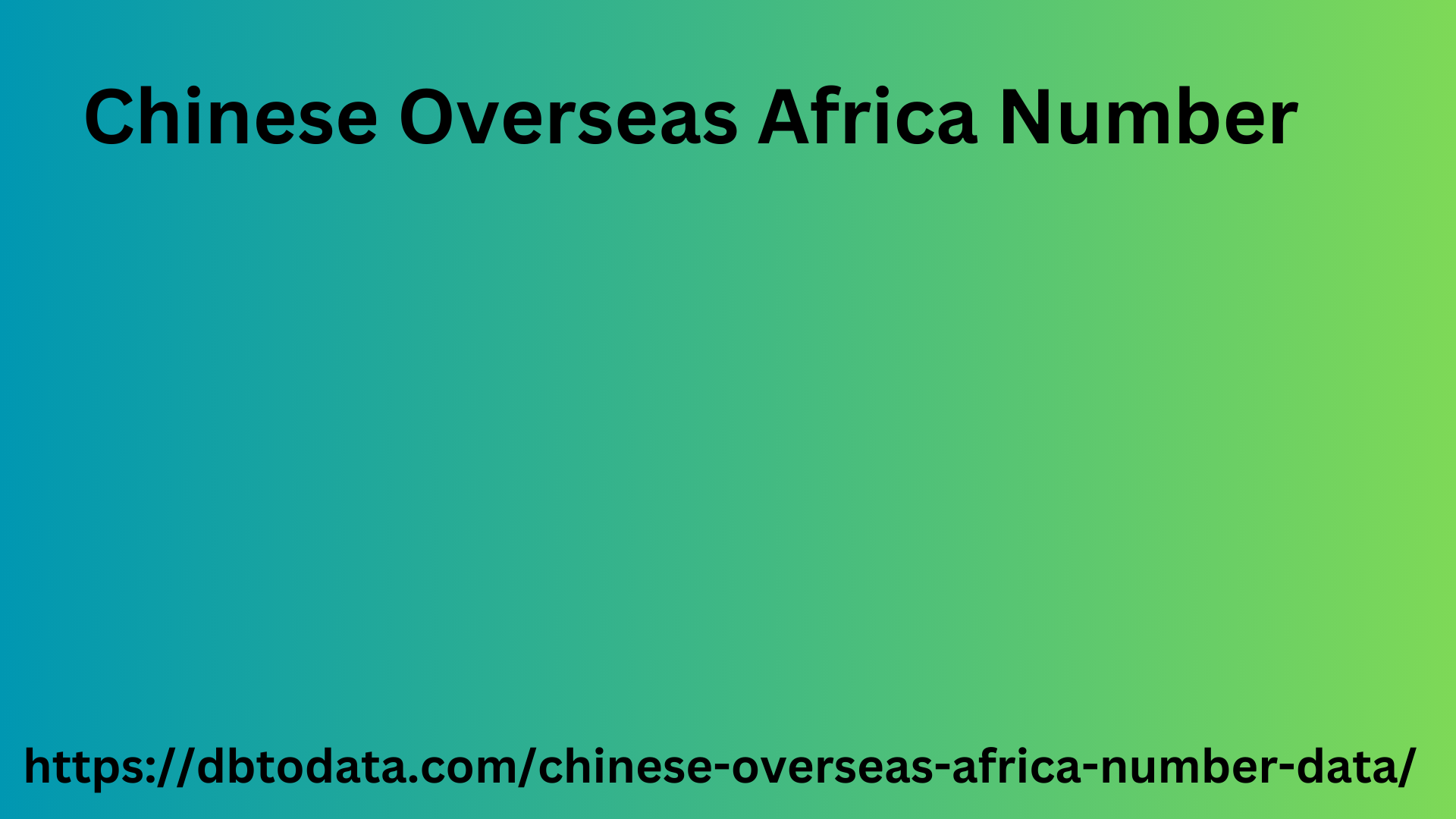|
|
Cross-sectional data refers to information collected from a population, group, or sample at a single point in time. Unlike longitudinal data, which tracks the same subjects over time, cross-sectional data capture a snapshot of a population's characteristics, behaviors, or attitudes at a specific moment. This type of data is commonly used in social sciences, economics, epidemiology, and market research to analyze trends, patterns, and relationships within a population.
For instance, in a study examining the relationship between income and education level in a certain city, cross-sectional data might include information on individuals' income, education level, age, occupation, and other relevant variables collected through surveys, interviews, or Chinese Overseas Africa Number census data at a particular point in time, such as a specific year or month.
Researchers can use cross-sectional data to explore various research questions, such as:
- Correlation Analysis: Researchers might analyze cross-sectional data to determine if there's a correlation between two or more variables. For example, they could investigate if there's a relationship between age and technology adoption rates among different demographic groups.

- Group Comparisons: Cross-sectional data allows researchers to compare different groups within a population. For instance, they might compare the income levels of urban and rural residents or analyze differences in healthcare access between various ethnic groups.
- Predictive Modeling: By analyzing cross-sectional data, researchers can develop predictive models to forecast future trends or outcomes based on current variables. This could involve predicting consumer preferences, economic indicators, or disease prevalence rates.
- Policy Evaluation: Governments and policymakers often use cross-sectional data to evaluate the impact of policies or interventions on various population groups. For example, they might assess the effectiveness of educational initiatives by comparing academic performance across different schools or districts.
Overall, cross-sectional data provide valuable insights into the characteristics, behaviors, and relationships within a population at a specific point in time, serving as a foundational tool for research and decision-making in diverse fields.
|
|